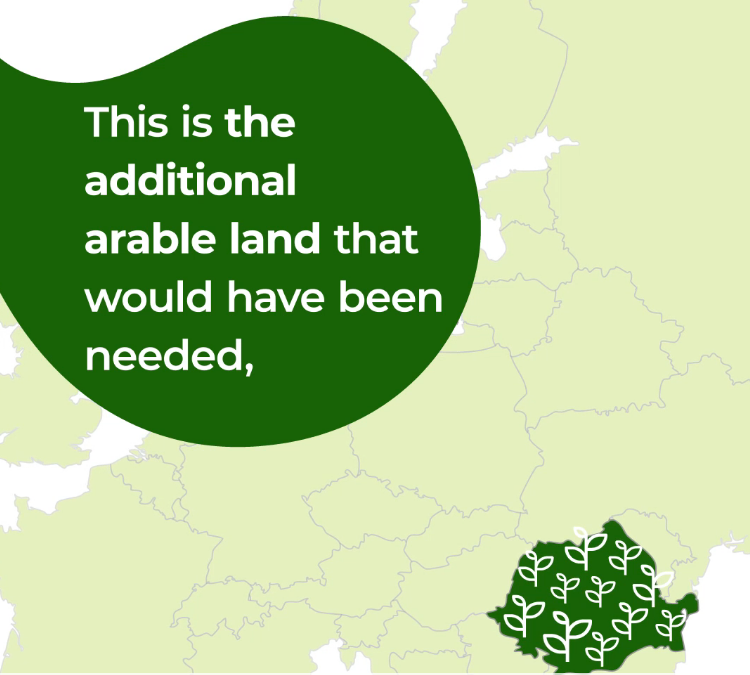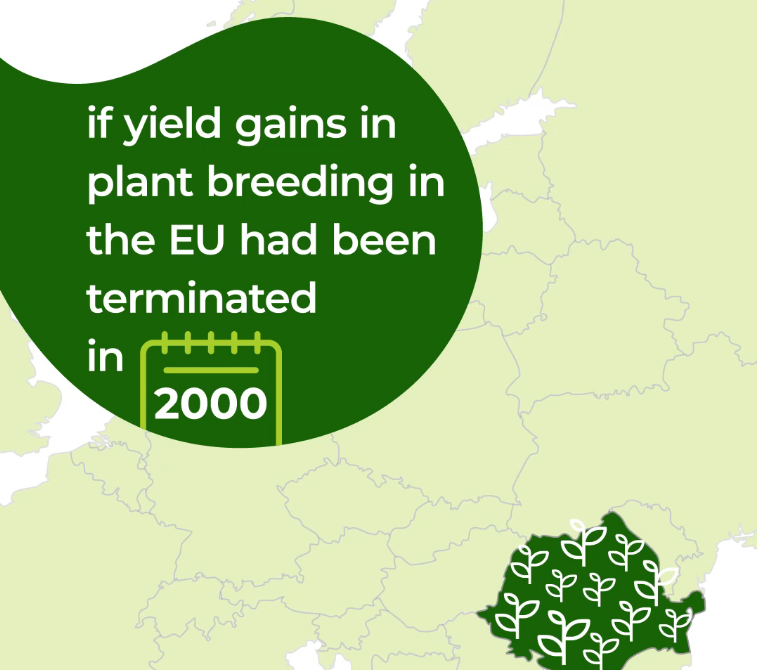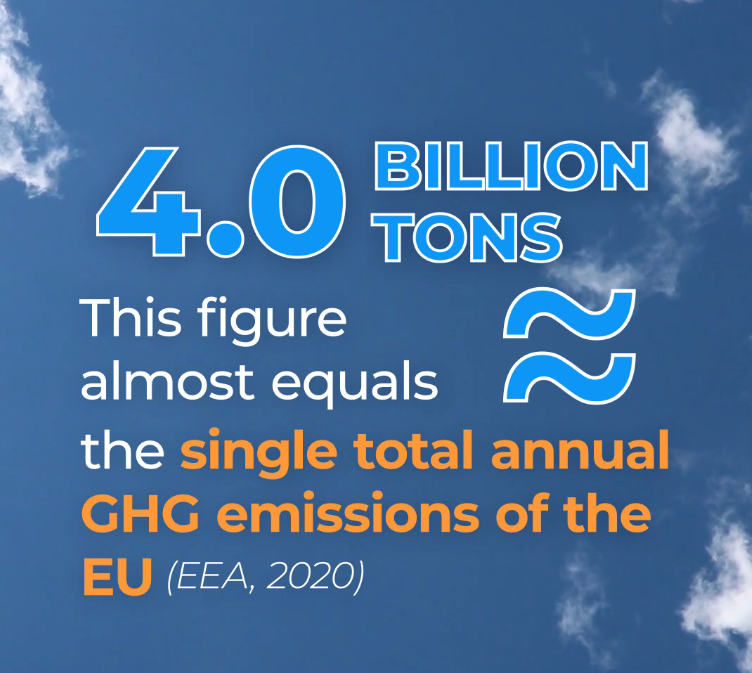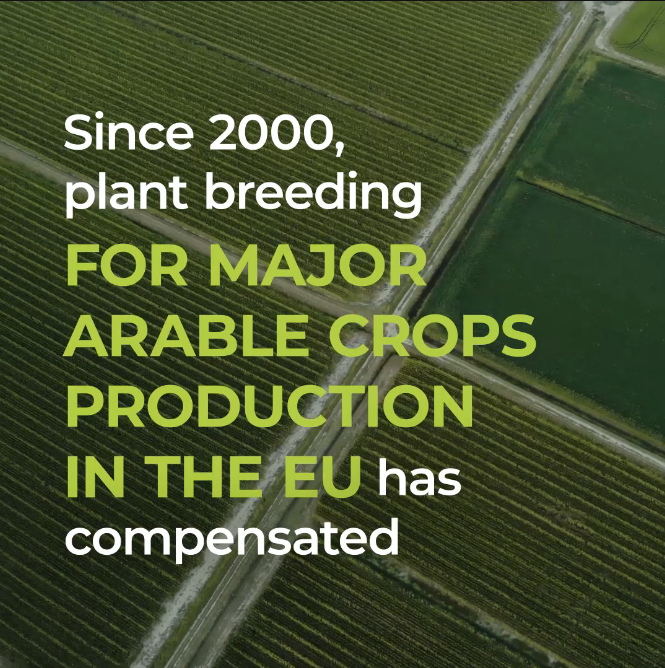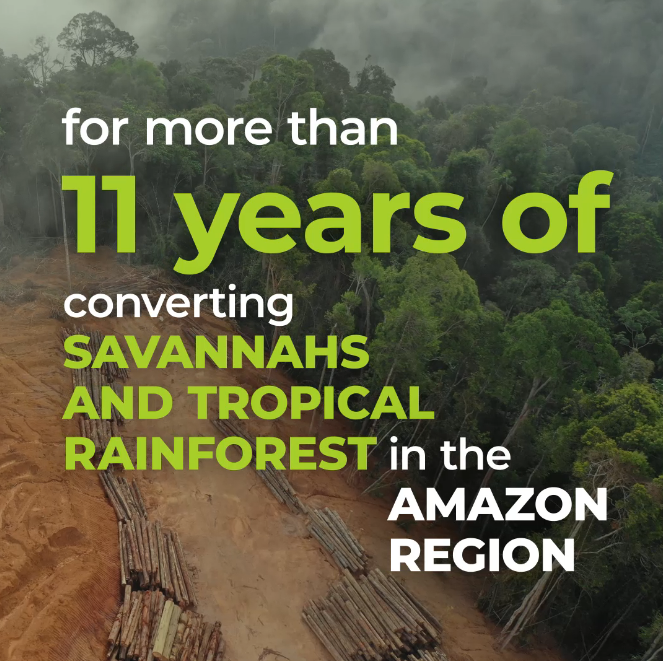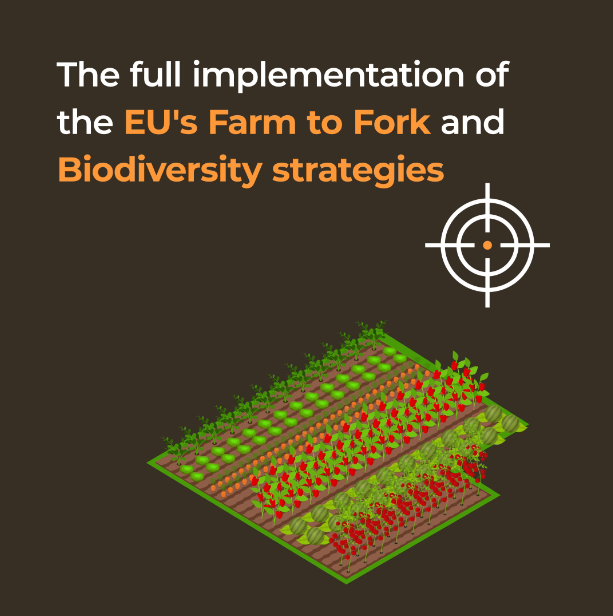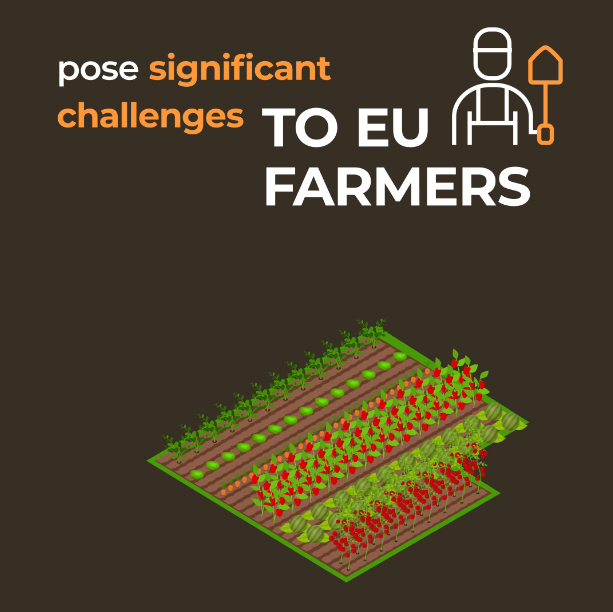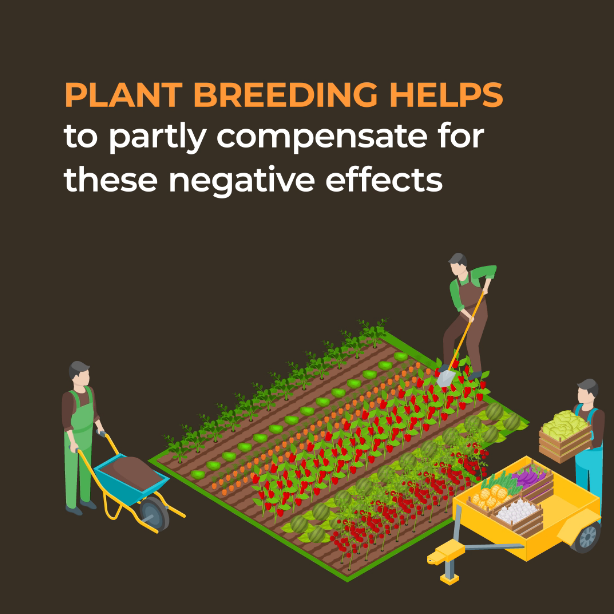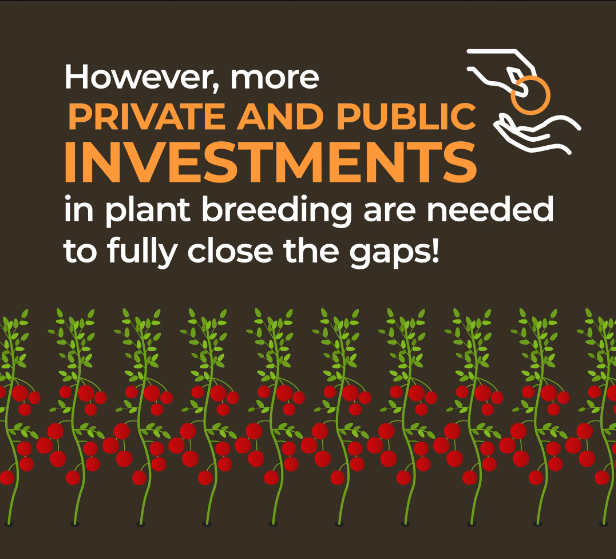Key findings of the new HFFA Research GmbH study “The socio-economic and environmental value of plant breeding in the EU, specifically considering the EU’s “From Farm to Fork” and “Biodiversity” strategies”
- On average and across all major arable crops cultivated in the EU, plant breeding contributes approximately 67 percent to innovation-induced yield growth. This is equal to an increase of yields by 1.16 percent per annum.

- Without plant breeding progress in the past 20 years, the EU would have become a net importer in all major arable crops in 2020, including wheat and other cereals.
- Plant breeding helps save scarce land resources around the globe by generating higher yields per unit of area. In other words, plant breeding minimises the net virtual land imports of the EU. In the absence of plant breeding for major arable crops in the EU in the past 20 years, the global agricultural acreage in 2020 would have to be expanded by more than 21.5 million hectares.
- Plant breeding in the EU also secures less GHG being emitted by helping avoid negative land use change. Until 2020, a total of almost 4.0 billion tons of direct CO2 emissions have been avoided by genetic crops improvements in major arable crops in the EU in the past two decades.
- Plant breeding in the EU generates a large positive biodiversity effect. Without plant breeding in the EU in the last 20 years, global biodiversity equivalent to the species richness found in 8.3 million hectares of rainforest and savannahs in Brazil or in 11.8 million hectares of natural habitats in Indonesia would have been lost until 2020 in addition to what has already disappeared.
- Production and subsequent market supply losses due to full implementation of the “Farm to Fork” and “Biodiversity” strategies until 2030 could potentially be halved with plant breeding in the next decade at current pace.
- Continually occurring genetic crop improvements in the next ten years have the potential to counteract approximately 55 percent of the apparent sectoral income and GDP shrinkages in 2030 that must be attributed to production and supply impacts of the implementation of “Farm to Fork” and “Biodiversity” strategies until then.
- Negative consequences on the use of global natural resources such as land and related GHG emission and biodiversity issues as well as water that can be attributed to an enforcement of the “Farm to Fork” and “Biodiversity” strategies until 2030 can be alleviated by 50 to 60 percent, assuming the same progress of plant breeding as in the past for the next ten years.


